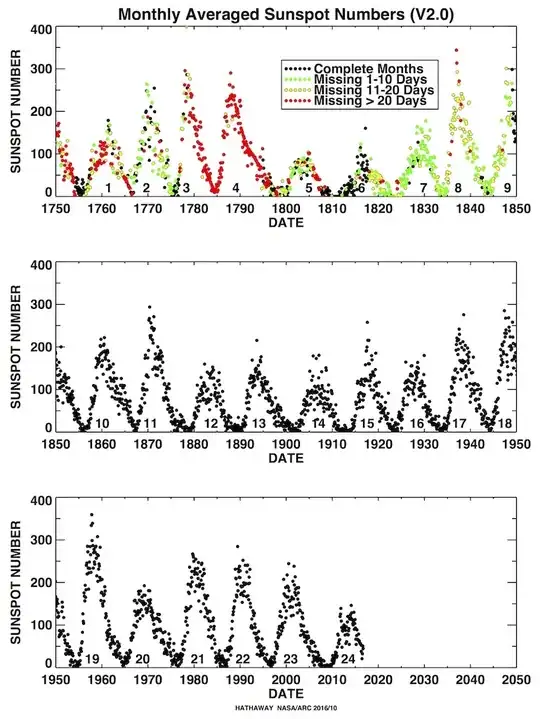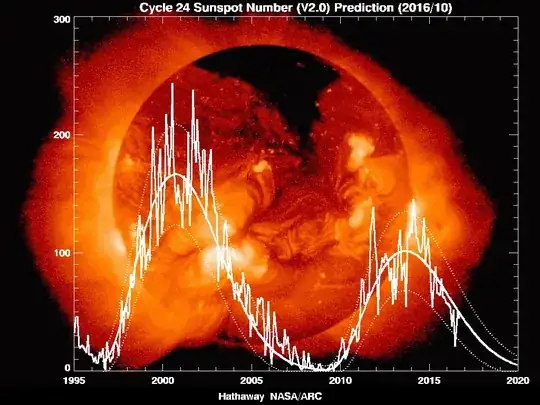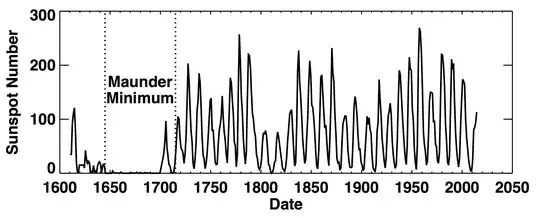As Craig Stuntz said in the comments, little of what the article says seems to actually come from the one citation it gives. If you read over that article published by NASA, and also the other NASA article it links to, you'll quickly see the Register author drew some hefty/seemingly unsupported conclusions. At no point in either article do they claim we're heading for another Maunder Minimum, so... that's kind of that. We're certainly in a low sunspot cycle; that much is pretty well established. Here are a few diagrams showing that fact from the NASA articles:
Sunspot activity over the last 250 years:

Sunspot predictions for the next decade (the second NASA article talks about how the predictions are made, nice details):

As you can see, NASA isn't really predicting we're heading for another Maunder Minimum. It'll most likely be one of the lowest cycles in recent history, but I sincerely doubt there's much need to worry.
Now, on an interesting note: The correlation between the Maunder Minimum and the Little Ice Age (LIA). It's certainly there, but it's also completely unknown if it was correlation or causation (or just dumb random chance). In the Wiki articles on the Maunder Minimum and the LIA, you can see that there definitely seems to be some relationship between lowered solar activity and cooler climatic periods, but no one really understands why. (It looks like the LIA could have happened due to volcanic activity, or even a slowdown of the thermohaline circulation.)
But what no one seems to have looked at is the relationship between the sunspot cycle and the various cooling periods within the LIA. NASA defines the LIA as:
A cold period that lasted from about A.D. 1550 to about A.D. 1850 in Europe, North America, and Asia. This period was marked by rapid expansion of mountain glaciers, especially in the Alps, Norway, Ireland, and Alaska. There were three maxima, beginning about 1650, about 1770, and 1850, each separated by slight warming intervals.
If you look at the Maunder Minimum data (from the original NASA article), you see this sunspot cycle:

So the Minimum corresponds to the 1650 cool period. But sunspots sure don't seem to account for the 1770 or the 1850 periods. All in all, there's something going on here that we don't fully understand. But it really doesn't look like sunspots are the culprit.
TL;DR: No. Well, probably not.
Edit: Linked to in comments by Larian LeQuella, here's a great Bad Astronomy article discussing all this and more. Hooray, same conclusions!


